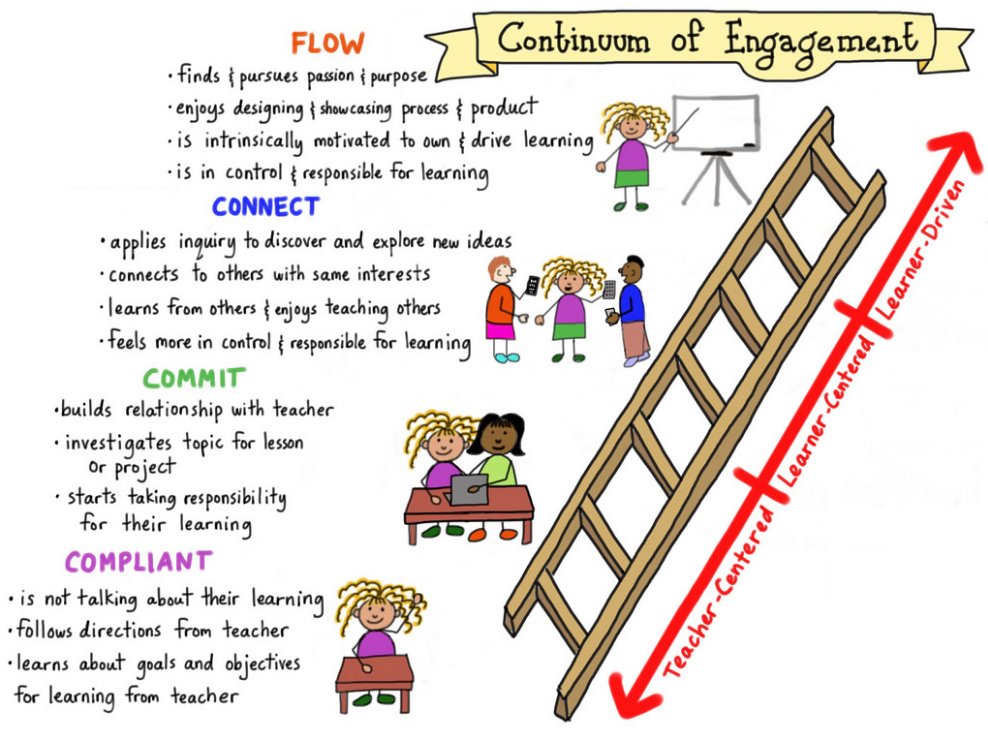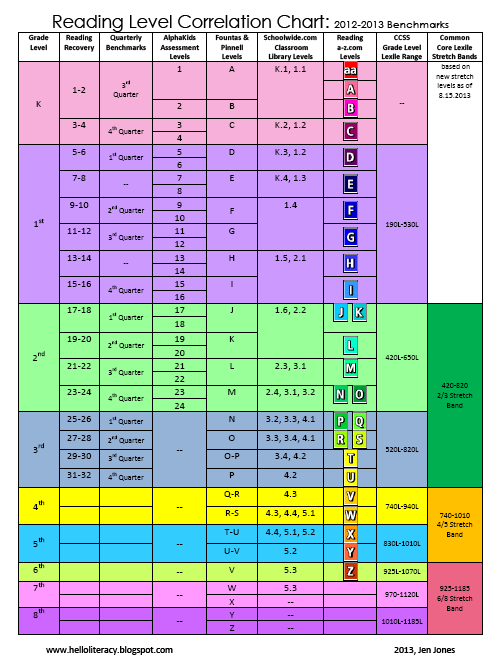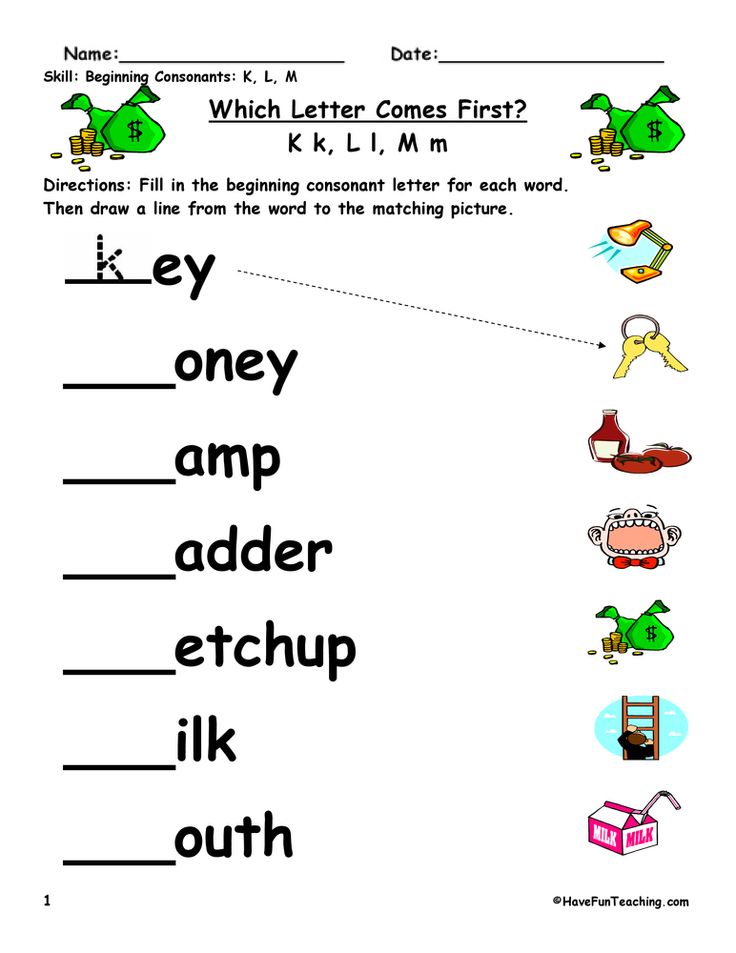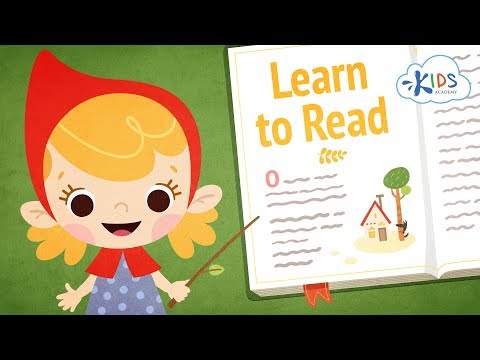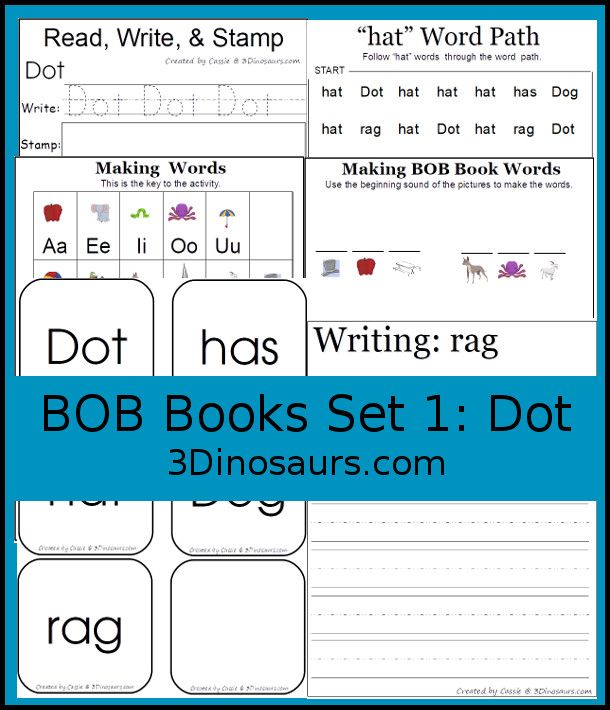Teaching following directions
10 Tips to Help Kids Follow Directions
Some kids with learning and thinking differences have trouble following directions. Here are 10 ideas for helping your child improve.
1. Ask for your child’s attention.
Giving directions when your child isn’t focused on you could set both of you up for failure. Ask for your child’s attention by saying, “Look toward me, please. I need you to listen now.” Some kids have a difficult time with the nonverbal aspects of language. Asking your child to look toward you, instead of looking you in the eye, takes that into account. You can make it easier by moving into your child’s line of sight.
2. Minimize distractions.
Once you have your child’s attention, you want to keep it. It can be hard for kids to hear and follow directions while they’re playing video games or when the TV is on in the background. Minimize any distractions before giving directions. Turn off the TV. Ask your child to put down the game or book.
Make sure your child is looking toward you.
You can model this behavior by giving your child your full attention when giving instructions. That also shows your child that what you’re saying is important.
3. Speak quietly.
It may be tempting to speak louder or speak over your child when there is something you need to say or get done. But you may capture your child’s attention better by speaking in a softer voice. Give directions in a calm, even tone. Kids may be able to focus more easily on the substance of what you have to say when they don’t have to process the tone and the volume, too.
4. Use “wait time.”
Teachers often use “wait time.” So do educational TV shows for kids. “Wait time” is that three- to seven-second pause after you say something or ask a question. Research shows that kids process better what you have to say — and respond to it appropriately — when they let it sink in.
Your child still may not follow directions or answer your question after that pause.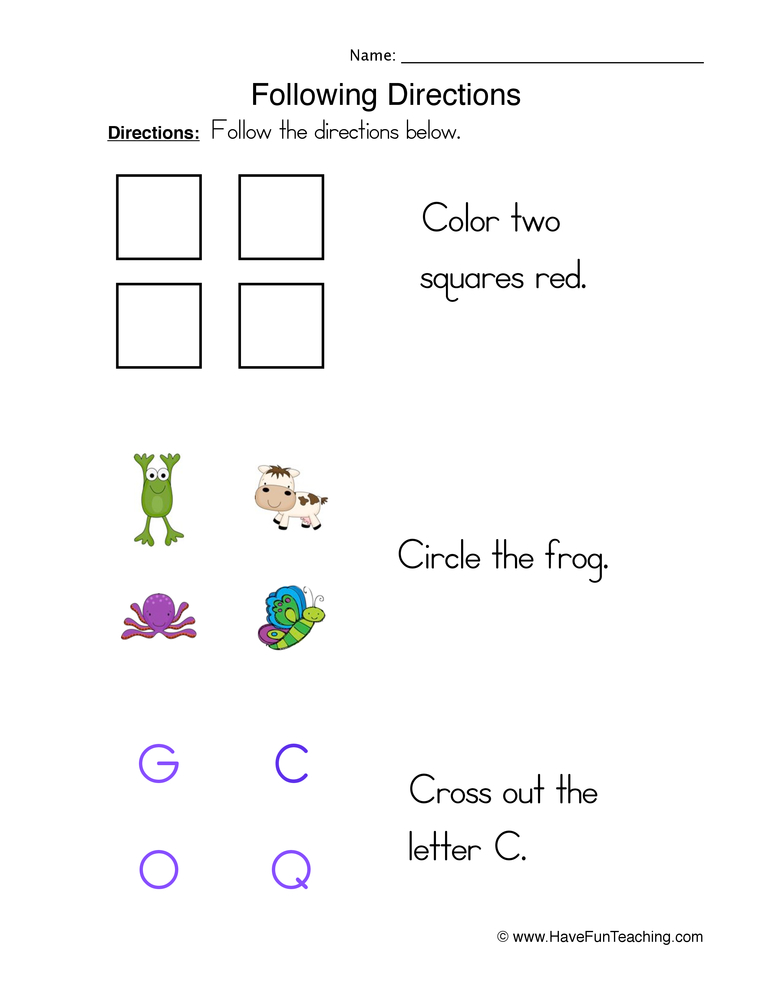 If so, it’s OK to repeat what you said.
If so, it’s OK to repeat what you said.
5. Check for understanding.
Checking for understanding goes hand in hand with giving your child some “wait time.” Ask your child to repeat your directions back to you. It’s also helpful to ask kids to explain your directions in their own words. It gives them a chance to ask questions. It also gives you a chance to clarify what you said in case your child misunderstood anything.
6. Tell, don’t ask.
Many parents phrase directions as questions, such as, “Would you set the table, please?” Kids may think they have a choice about following directions. Rephrase what you said so that you are telling your child what to do instead of asking: “Set the table, please.”
7. Give instructions one at a time.
Younger kids with learning and thinking differences may have trouble following a sequence of steps. You may say, “Please set the table, wash your hands, and tell your sister it’s time to eat.” Your child, however, might get stuck after setting the table.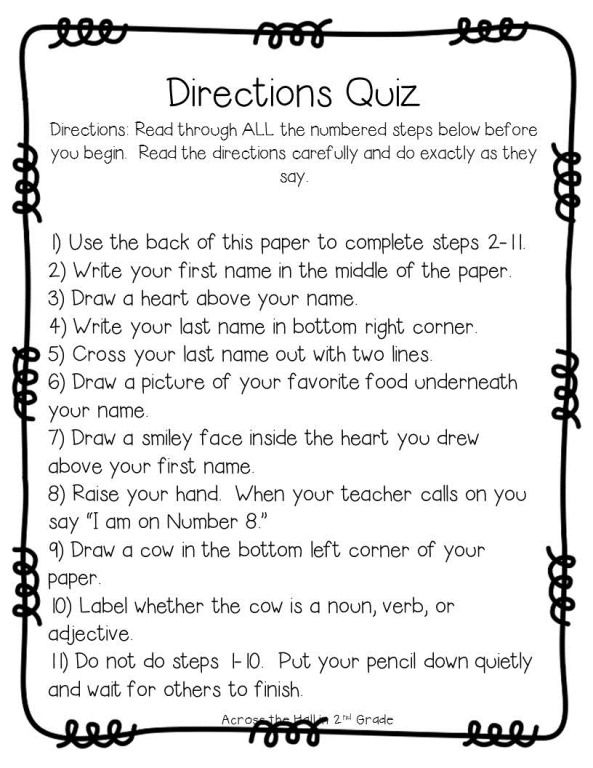 Give directions one at a time, when possible.
Give directions one at a time, when possible.
If you can’t break directions down into steps, try to group things together in ways that make sense. For example, “While you’re upstairs washing your hands, please tell your sister it’s time to eat.”
8. Number your directions.
Help your child follow multi-step directions by actually putting a number to them. Typically, people can hold up to four things in their at a time. This is easier to do when the things are connected or when there’s a way to make them more memorable.
Say things like “There are three things you need to do,” or use words like first, second, then, next, and last. That can help your child keep all the steps in mind — or at least remember that there was more to the directions.
9. Be precise in what you say.
Kids who have problems with planning and organization or language may have trouble with vague directions. You may think your child isn’t following the direction to “Please go clean your room. ” But sometimes kids are really having trouble figuring out how to get started.
” But sometimes kids are really having trouble figuring out how to get started.
Be specific. For example, you may get better results if you break the job into smaller tasks: “Please put your laundry away. Then pick up the trash from the floor. And then make your bed.”
10. Use visual cues.
Kids who have language processing issues can have a hard time following spoken directions. Consider using visual cues, too. For example, point out what needs to be cleaned. You can also demonstrate what you’re asking your child to do. For instance, “Please set the rest of the table the same way I’m setting this spot.”
Related topics
Following instructions
Strategies and tips
10 Ways to Teach Students to Follow Directions
2.7K shares
Getting your students to follow directions can be a challenge sometimes.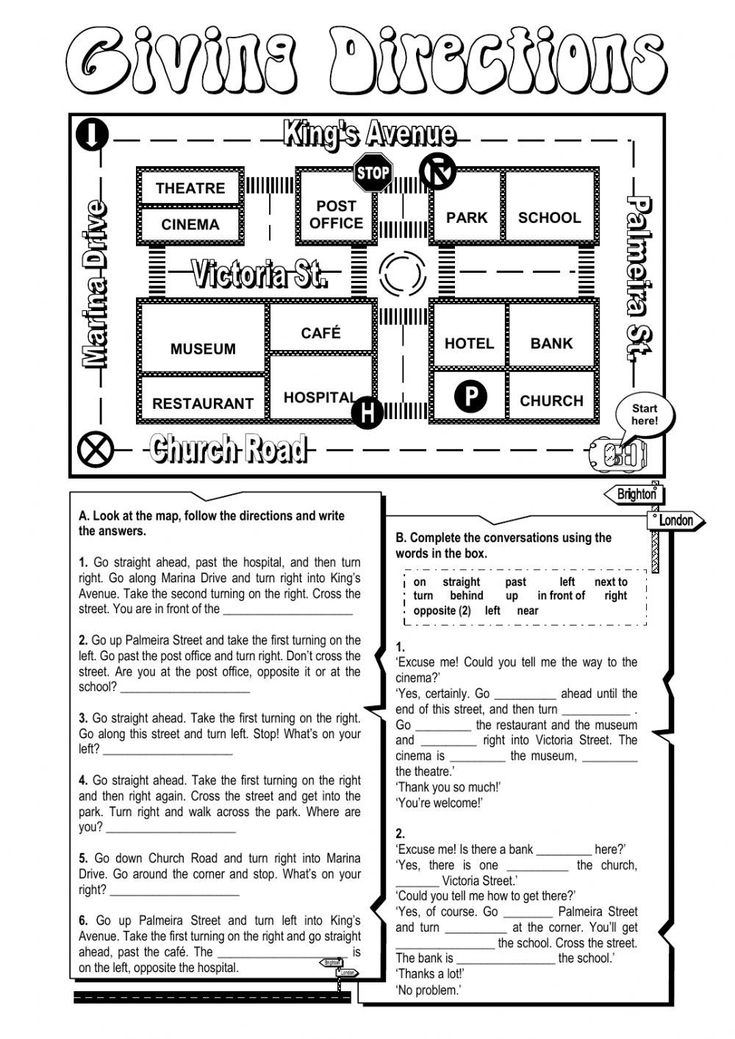 It’s even more frustrating when it takes up your limited teaching time. So what can you do, besides have the patience of a saint?
It’s even more frustrating when it takes up your limited teaching time. So what can you do, besides have the patience of a saint?
Even a teacher with excellent classroom management will, from time to time, have a student or two who manages to miss the directions provided, or simply doesn’t follow them for whatever reason. Without fail these cute little ones are always quick to say, “What are we doing?” or “I don’t know what to do.” While the first time you hear it you are likely to not have a problem helping out, but after a few times, you’ll be tired of repeating yourself. That’s where these ten ideas come in.
1.) When providing directions, always make sure you are using an appropriate voice and message. Use the appropriate voice volume, tone, and even the speed, so your students listen well. If you talk too quietly or quickly, they aren’t going to be able to follow directions. Some schools provide portable microphones that teachers can wear. If you scream or shout at them, they are more likely to resist you and your instructions.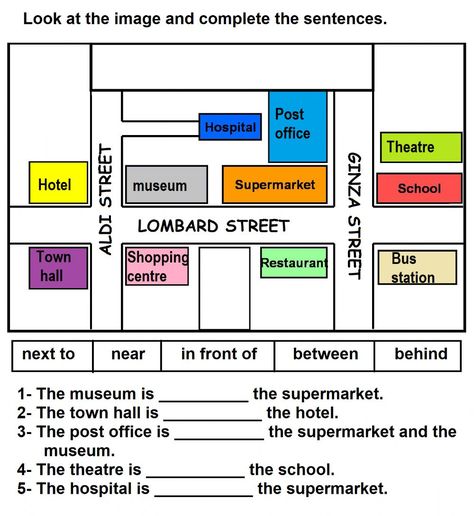
2.) Start each activity off with an anticipatory set or an attention getter. To start any activity with instructions, catch their attention first. Establish a moment of silence to grab their attention, stand in front, write a word on the board, or use hand gestures.
Once you have their focused eyes, start with an introduction of what you are about to do. Then, one by one, give instructions while checking their reaction. Their faces will let you know if they are confused or if they get it.
3.) Use actions with keywords. When you give instructions, try to create keywords that are equivalent to actions. This is a good strategy for giving verbal instructions. It is like having a “go” signal. When you say the “magic word,” they should be able to do the correct action. You may also use hand gestures or sound signals. For example, tell them to start writing when you put your hand down.
4.) You repeat, they repeat.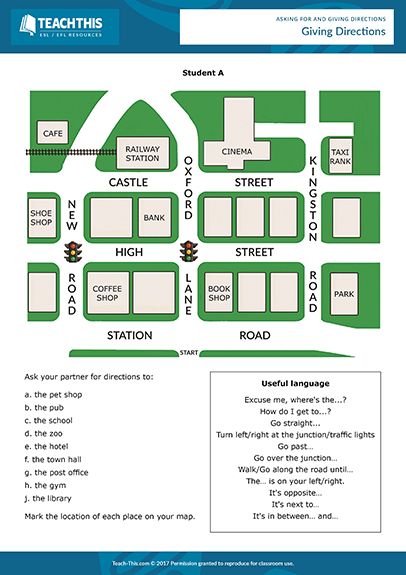 Repeat only once and ask them to repeat the directions. Have one, a few, or all of them say the instructions aloud. Give printed out instructions to take home projects or have them copy the instructions in their notes. Repetition is still a key to remembering and this is important in making your students follow directions effectively.
Repeat only once and ask them to repeat the directions. Have one, a few, or all of them say the instructions aloud. Give printed out instructions to take home projects or have them copy the instructions in their notes. Repetition is still a key to remembering and this is important in making your students follow directions effectively.
5.) Use visuals to help students follow directions. Say your instructions with visual aids: PowerPoint presentations, flipcharts, flashcards, or just simply writing the numbered instructions on the board. When they have the instructions right in front of them, it’s easy to point at them.
6.) Break it down! Support your instructions with examples or simplify them by breaking them down in detail. You may also consider modeling the instructions or role-playing them if needed. Actions speak louder than words, right?
7.) Direct with a Reason. Some students have a lot of questions, and these questions are usually a “why” question.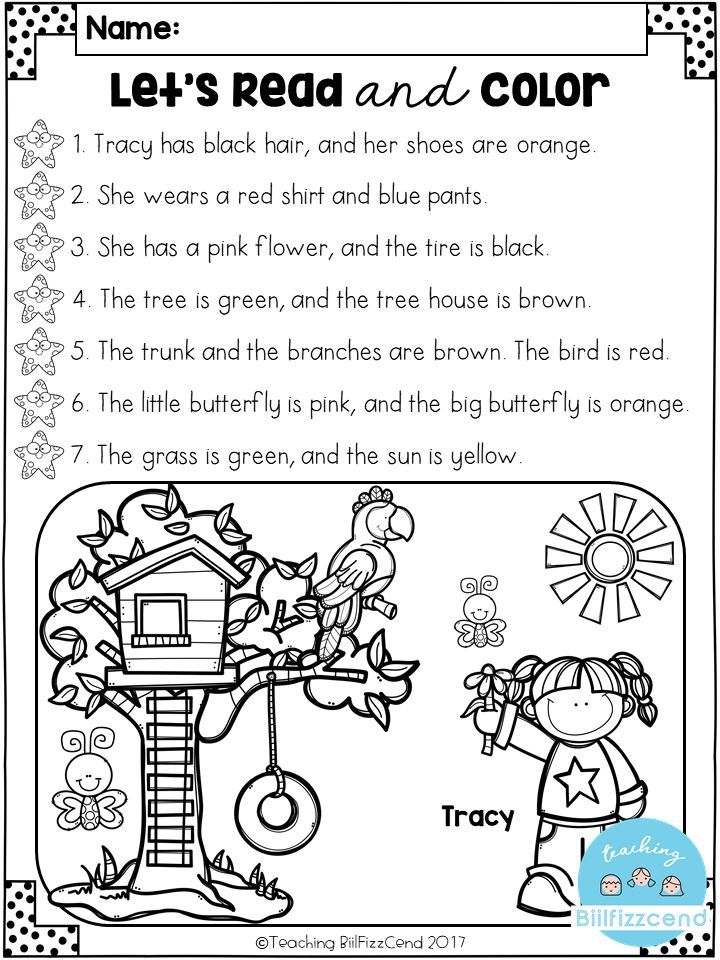 When providing your instructions include the “why” for doing it. For example, “turn your books to page 4 and find the most difficult word you encounter. After that, be prepared to know what this means and be able to use it in a sentence.”
When providing your instructions include the “why” for doing it. For example, “turn your books to page 4 and find the most difficult word you encounter. After that, be prepared to know what this means and be able to use it in a sentence.”
8.) Check with a question. Ask your students questions to check to see if they are following directions correctly. Yes, you can still ask the usual “any questions?” but most likely no one will say anything, and as soon as you have them get started, the questions will begin! So instead, ask specific questions, like “which page should we turn to?” or “what should we do after dividing?” Consider asking these other questions too:
- What are you doing now?
- Where are you right now?
- Which one are you doing?
- What should you be doing right now?
9.) Check with others. When they first come to you, ask if they have reached out to any of their other classmates. If not yet, remind them of the “3 Before Me” Rule.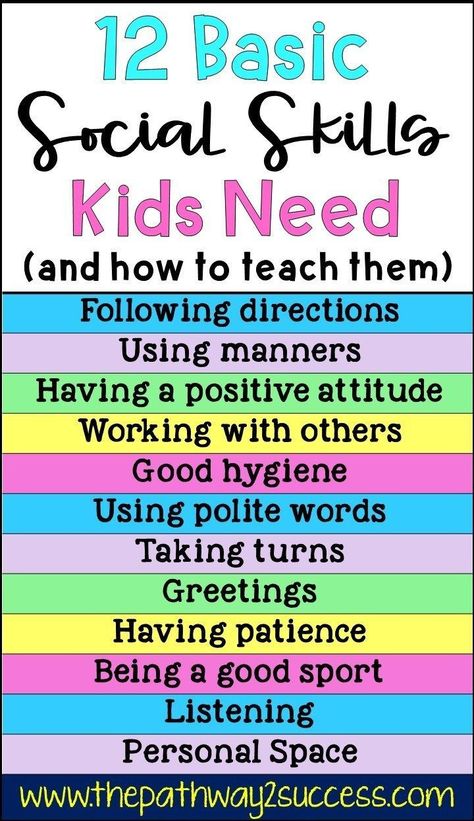 I always write it on my board – “C3B4 Me” to remind students. I have my students quietly ask a neighbor what the directions were AND then ask two more – even if the first person told them. That way they are confirming the directions are the same from all three people. If all three people don’t know the directions, then the student should come to see me. At that point, I know I need to try another option on this list.
I always write it on my board – “C3B4 Me” to remind students. I have my students quietly ask a neighbor what the directions were AND then ask two more – even if the first person told them. That way they are confirming the directions are the same from all three people. If all three people don’t know the directions, then the student should come to see me. At that point, I know I need to try another option on this list.
10.) Countdown. Give your students a time frame to do something. A simple counting to five while clapping your hands to take out their books or to use a timer on the board to show how long they have left to finish cleaning up. And once they are done, teach them a signal to give if they are finished, like one clap or putting their hands above their book.
The most important tip of all when it comes to getting students to follow directions is to use consistency. The more routine you are with your procedures and directions, the more they will be able to follow them on autopilot.
2.7K shares
List of training areas
LIST OF TRAINING DIRECTIONS
for training in master's programs in 2022
At SPEU, admission to training is carried out for each profile of the master's program within the training area. The applicant is entitled to submit one or two applications for admission, each of which fixes the profile to which the applicant wants to be enrolled.
For each of the selected profiles, an applicant can simultaneously apply for admission to study:
1. For full-time and/or distance learning;
2. For state-funded places and/or places with payment of tuition fees;
3. Places within the target quota.
The application indicates the group in which the applicant will take the entrance test for the profile specified in the application.
Changes in selected profiles, forms of education and funding are allowed within the application deadlines.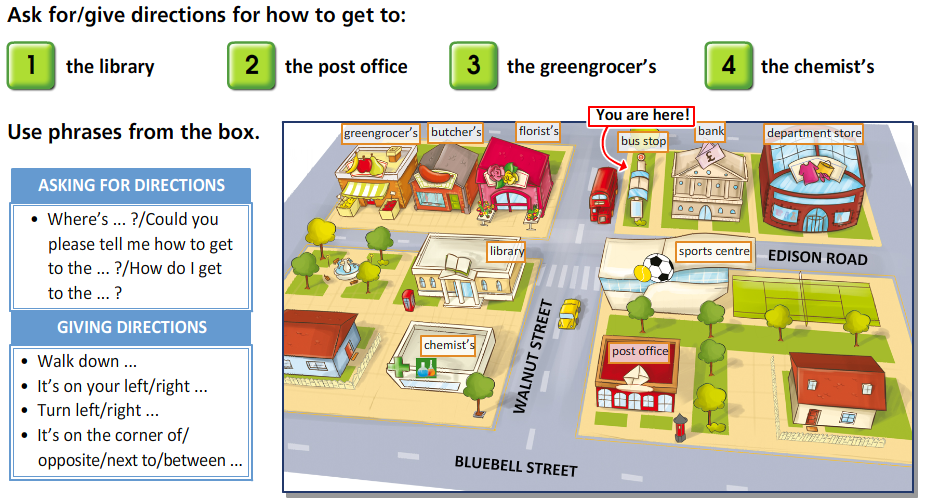
Full-time education
Admission to the master's program is carried out full-time in the following areas of training:
| Direction of training | Training program (profile) | Number of budget places | Number of paid seats |
| 01.04.03 - Mechanics and mathematical modeling | Dynamics and strength of complex mechanical systems | 15 | 10 |
| 04/09/01 - Informatics and Computer Engineering | Mathematical support of automated information processing and control systems | 5 | 20 |
| HPC | 5 | 10 | |
| 04/09/03 - Applied Informatics | Applied Informatics in Socio-Economic Systems | 7 | 10 |
| 09. | Design and development of artificial intelligence systems | 6 | 10 |
| 13.04.01 - Thermal power engineering and heat engineering | Thermal power stations | 10 | 15 |
| Water and fuel technology for thermal and nuclear power plants | - | 10 | |
| Heat and power systems of enterprises and housing and communal services | 9 | 20 | |
| 13.04.02 - Power industry and electrical engineering | Electric drive and automation | 6 | 10 |
| Electromechanics and electrical apparatus | 5 | 10 | |
| Electric stations and substations | 7 | 15 | |
| Electric power systems and networks | 10 | 15 | |
| Power supply | 5 | 10 | |
| Relay protection and automation of electric power systems | 10 | 20 | |
| High voltage engineering and physics | 7 | 10 | |
| Electrical engineering and electrical technology | - | 5 | |
13.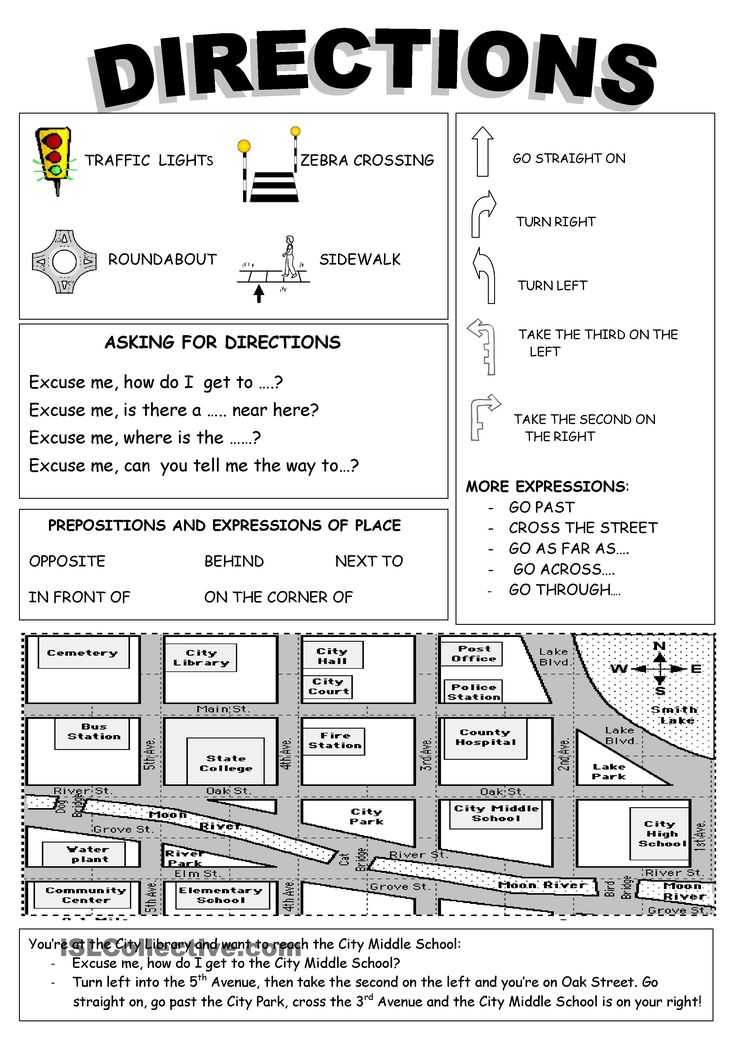 04.03 - Power engineering 04.03 - Power engineering | Gas turbine, steam turbine plants and engines | 5 | 10 |
| 15.04.05 - Design and technological support of machine-building industries | Engineering Technology | - | 10 |
| 20.04.01 - Technosphere safety | Safety of industrial activities in the energy sector | - | 10 |
| 27.04.04 - Management in technical systems
| Control and informatics in technical systems | 18 | 15 |
| Electronic information and control systems | 18 | 15 | |
| 04/38/02 - Management | Financial and investment management | - | 30 |
| Marketing Management and Business Intelligence | - | 20 | |
| Electricity project management | - | 30 |
Correspondence education
Admission to the master's program is carried out by correspondence education in the following areas and programs (profiles) of training:
| Direction of preparation | Training program (profile) | Number of budget places | Number of paid seats |
13.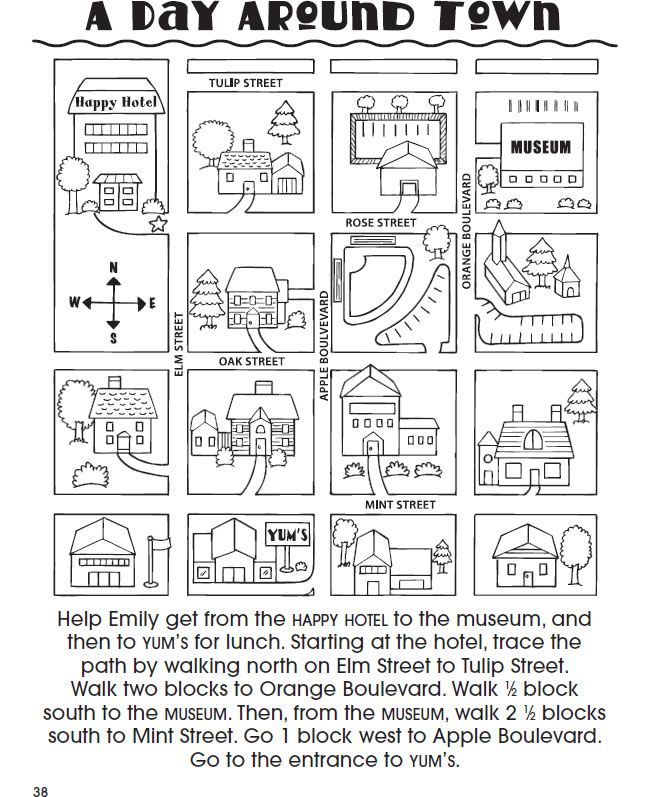 04.01 - Thermal power engineering and heat engineering 04.01 - Thermal power engineering and heat engineering | Power engineering of heat technologies | - | 10 |
| Energy supply for enterprises and housing and communal services | - | 5 | |
| Operation and engineering of thermal power plants and turbine equipment of nuclear power plants | - | 12 | |
| Water coolant technologies for thermal power plants and nuclear power plants | - | 5 | |
| 13.04.02 - Power industry and electrical engineering | Electric drive and automation | - | 12 |
| 15.04.05 - Design and technological support of machine-building industries | Engineering Technology | - | 20 |
| 04/38/02 - Management | Financial and investment management | - | 30 |
| Marketing Management and Business Intelligence | - | 30 | |
| Electricity project management | - | 60 |
Design courses for beginners and professionals of any level - in Moscow
Number of vacancies

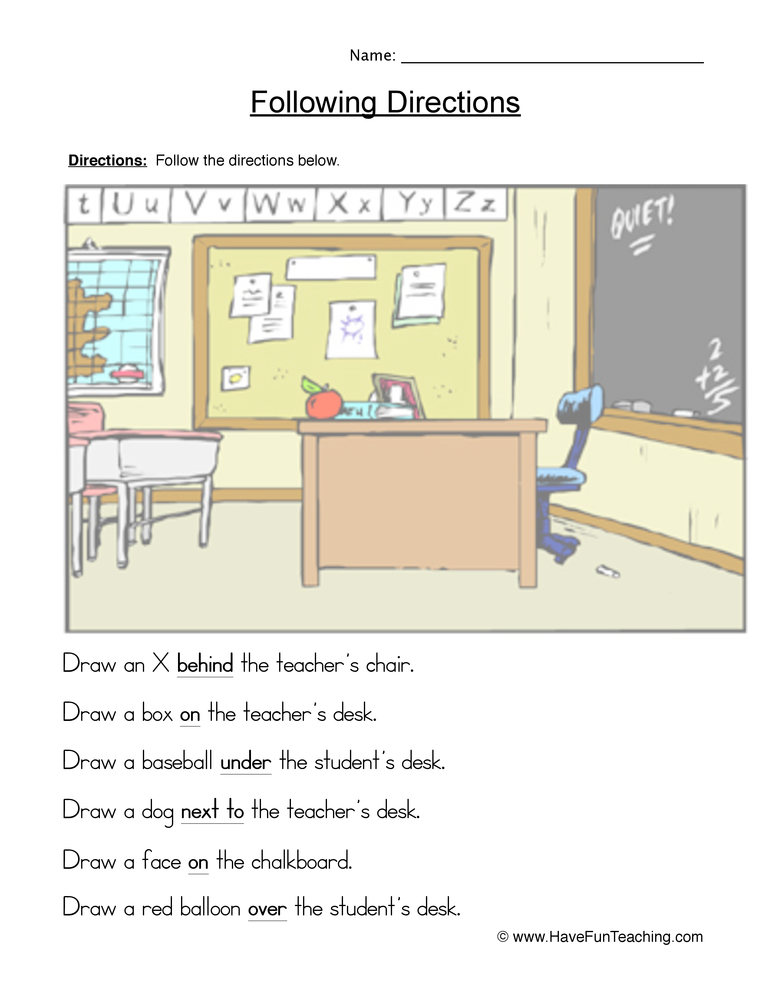 04.04 - Software Engineering
04.04 - Software Engineering  British Design Principles
British Design Principles 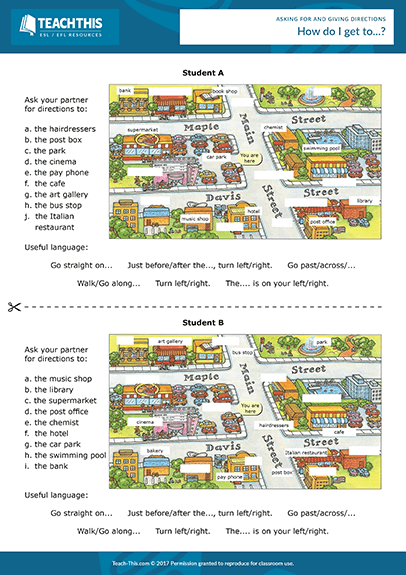 Intensive
Intensive 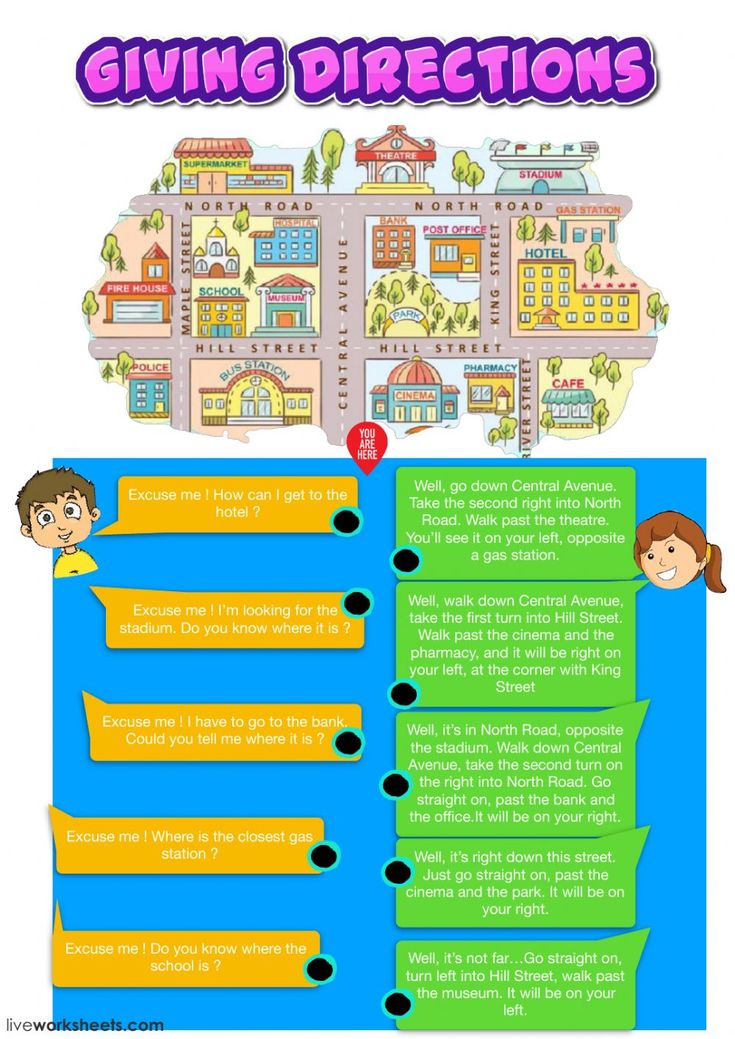 Our School was the first in Russia to apply these standards in teaching and achieved the highest results. After successfully completing the Interior Design program, you can receive a diploma of additional professional education. Data on the issued diploma are entered into the Federal State Information System "Federal Register of Information on Education Documents and (or) Qualifications, Education Documents". In addition, there is an opportunity to additionally receive a British diploma from the National Academy of Design (based on attestation of a diploma project in the UK). IDS is a member of the International Association of Interior Designers (IIDA), which is why we offer our graduates a well-trodden path to the global design community, we provide a unique opportunity to become a designer without borders. If you are interested in the Interior Design program, you can choose how full-time form of education, as well as distance learning, focused primarily on those who are accustomed to intensive independent work.
Our School was the first in Russia to apply these standards in teaching and achieved the highest results. After successfully completing the Interior Design program, you can receive a diploma of additional professional education. Data on the issued diploma are entered into the Federal State Information System "Federal Register of Information on Education Documents and (or) Qualifications, Education Documents". In addition, there is an opportunity to additionally receive a British diploma from the National Academy of Design (based on attestation of a diploma project in the UK). IDS is a member of the International Association of Interior Designers (IIDA), which is why we offer our graduates a well-trodden path to the global design community, we provide a unique opportunity to become a designer without borders. If you are interested in the Interior Design program, you can choose how full-time form of education, as well as distance learning, focused primarily on those who are accustomed to intensive independent work.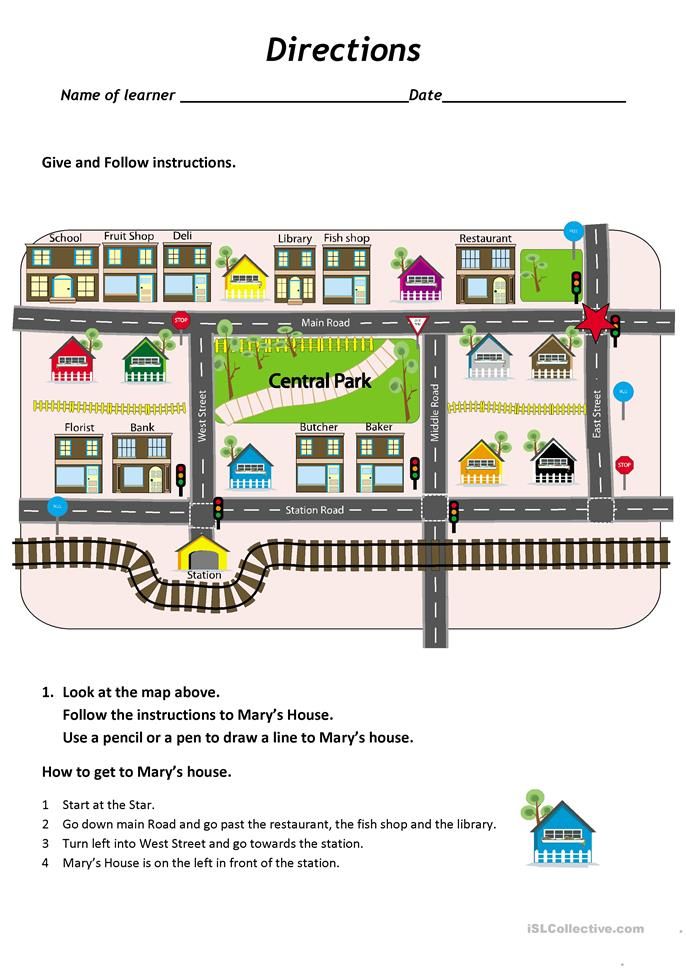 Program "Interior decoration" (professional coloring and stylistics of residential and public spaces) is one of the innovative projects of the International School of Design. Choosing this program, you will get acquainted with the latest research in the field of color, psychophysiology of color, the international advanced color system NCS developed by the Scandinavian Color Institute, new trends in computer graphics, decorating techniques, technologies, materials. The latest developments in the field of color and unique practical experience in decorating are the main distinguishing features of this program. You can choose both full-time and distance learning.
Program "Interior decoration" (professional coloring and stylistics of residential and public spaces) is one of the innovative projects of the International School of Design. Choosing this program, you will get acquainted with the latest research in the field of color, psychophysiology of color, the international advanced color system NCS developed by the Scandinavian Color Institute, new trends in computer graphics, decorating techniques, technologies, materials. The latest developments in the field of color and unique practical experience in decorating are the main distinguishing features of this program. You can choose both full-time and distance learning. 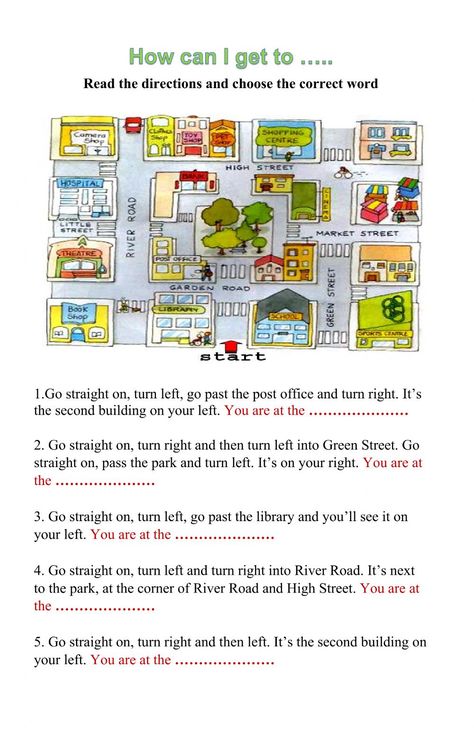 Our programs are developed on the basis of the teaching standards of the world's best design schools in the UK, Germany, and Switzerland. An intensive, relatively short-term training format is very convenient for busy people who do not know the laws of design and do not have special skills in the profession.
Our programs are developed on the basis of the teaching standards of the world's best design schools in the UK, Germany, and Switzerland. An intensive, relatively short-term training format is very convenient for busy people who do not know the laws of design and do not have special skills in the profession. 